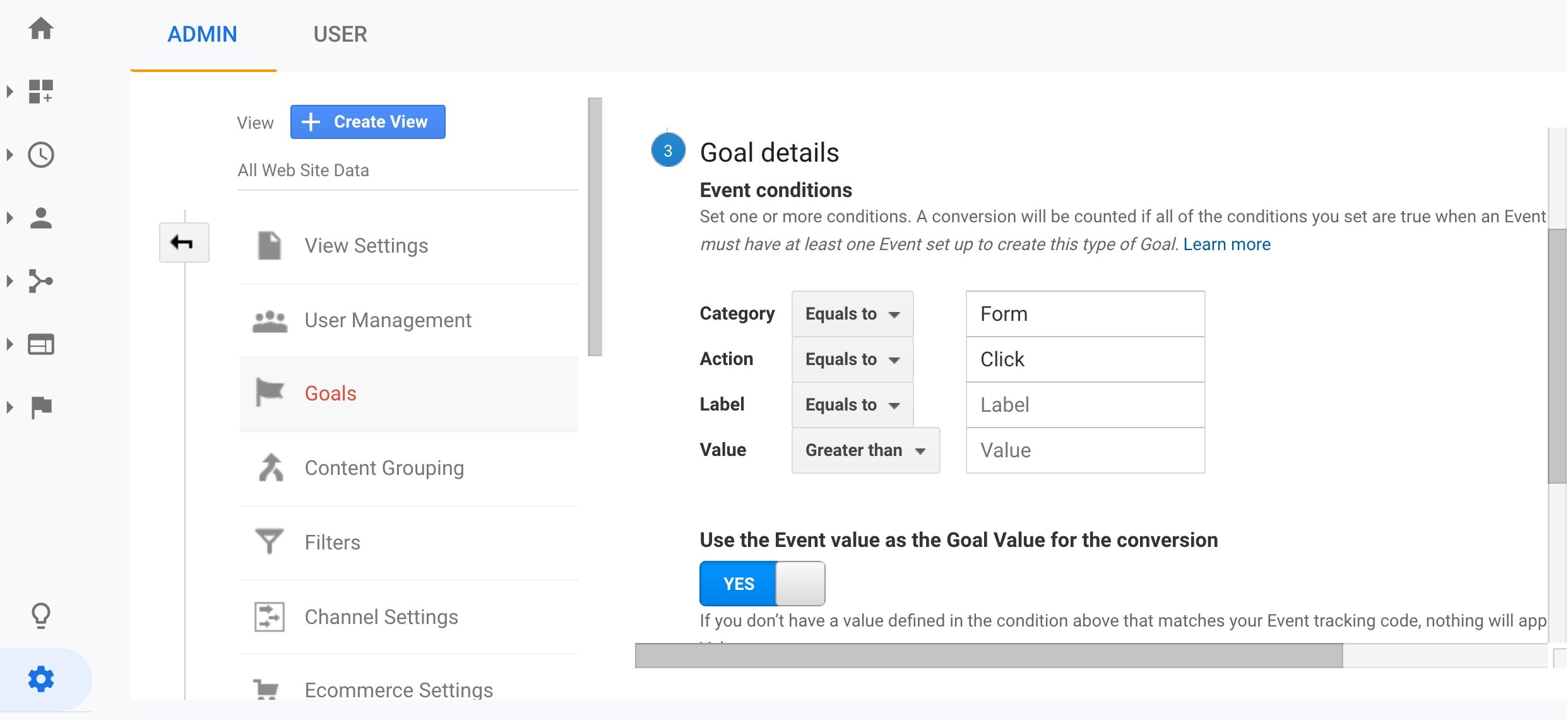Discovering What Data Is Google Analytics Goals Unable to Track
Discovering What Data Is Google Analytics Goals Unable to Track
Blog Article
Unveiling the Blind Destinations: Recognizing What Google Analytics Goals Can not Measure
In the realm of digital analytics, Google Analytics stands as a powerful device for monitoring and evaluating on-line individual interactions. Recognizing what Google Analytics objectives can not determine is important for getting a detailed view of individual behavior and involvement.
Individual Habits on External Platforms
Comprehending how users interact on external platforms is important for maximizing on-line strategies. Exterior platforms, such as social media sites networks, recommendation internet sites, and online discussion forums, play a significant function in driving website traffic to a business's internet site. By assessing individual actions on these platforms, organizations can get important insights right into the effectiveness of their advertising initiatives and the preferences of their target audience.
One trick facet of user habits on exterior platforms is the recommendation resource. By tracking where the individuals are originating from, companies can determine which systems are driving one of the most traffic to their website. This info can assist firms allot their sources much more successfully, concentrating on the platforms that yield the most effective outcomes.

Offline Conversions and Communications
Analyzing customer behavior on exterior platforms offers valuable understandings into on the internet methods; however, taking into consideration offline conversions and interactions is just as critical for a detailed understanding of a firm's general efficiency. Offline conversions, such as in-store purchases or phone questions, play a considerable duty in numerous companies' success.

Acknowledgment Beyond Last Click
When diving right into the realm of electronic advertising and marketing analytics, it ends up being essential to look beyond the single touchpoint of the last click for a much more thorough understanding of acknowledgment. While Google Analytics provides beneficial insights into user habits, depending exclusively on last-click acknowledgment can be limiting - what data is google analytics goals unable to track. Attribution versions that surpass the last click use an extra nuanced sight of the consumer trip, thinking about all the touchpoints that cause a conversion
Attribution beyond the last click allows online marketers to designate credit report to numerous communications along the conversion path, giving site here a clearer photo of the effectiveness of different advertising channels. By exploring multi-touch acknowledgment designs such as linear, time degeneration, or position-based acknowledgment, businesses can much better designate their advertising budgets and maximize their methods for maximum effect.
Comprehending the influence of each touchpoint in the conversion procedure is important for making informed choices and optimizing ROI. By accepting acknowledgment beyond the last click, organizations can get deeper understandings into consumer habits and customize their marketing initiatives a lot more effectively.
Cross-Device and Cross-Browser Monitoring

Similarly, cross-browser tracking complements cross-device monitoring by recording customer actions as they switch between different web browsers. Recognizing how individuals engage with sites on numerous browsers can help marketers optimize their online experiences to ensure uniformity and capability throughout various systems.
Qualitative Information and User Intent
Understanding user intent through qualitative data analysis is vital for creating targeted electronic advertising and marketing approaches that reverberate with the requirements and choices of the target market. Qualitative information supplies understandings into the 'why' behind user actions, shedding light on inspirations, feelings, and preferences that quantitative information alone can not record. By assessing individual comments, comments, and communications, marketers can reveal useful information about customer intent, enabling them to tailor their messaging, content, and offerings to much better line up with what their audience is looking for.
Qualitative information likewise helps in recognizing the context in which individuals engage with a website or application. This contextual understanding allows online marketers to create even more pertinent and customized experiences, ultimately driving greater engagement and conversion rates. By delving right into user intent via qualitative data evaluation, services can gain a much deeper understanding of their target audience, causing more effective advertising strategies that satisfy customers' requirements and expectations.
Conclusion
To conclude, Google Analytics goals have restrictions in measuring individual behavior on outside systems, offline conversions, attribution past last click, cross-device and cross-browser monitoring, and qualitative data connected to customer intent. what data is google analytics goals unable to track. It is essential for organizations to be knowledgeable about these blind places in order to supplement their information analysis with other devices and methods to acquire a much more comprehensive understanding of their audience and enhance their total electronic marketing methods
By evaluating individual actions on these systems, businesses can acquire useful understandings right into the effectiveness of their marketing efforts and the choices of their target audience.
Assessing user behavior on outside platforms supplies useful understandings right into on-line approaches; however, considering offline conversions and communications is similarly vital for a detailed understanding of a business's general efficiency.In digital advertising analytics, moving beyond last-click attribution to explore cross-device and cross-browser tracking is essential for obtaining an all natural understanding of customer communications across page different platforms and devices. By evaluating individual comments, comments, and interactions, marketing professionals can discover important information about customer intent, permitting them to customize their messaging, material, and offerings to better straighten with what their target market is seeking.
By delving right into individual intent with qualitative data analysis, businesses can gain a much deeper understanding of their target audience, leading to a lot more efficient marketing methods that meet users' expectations and needs.
Report this page